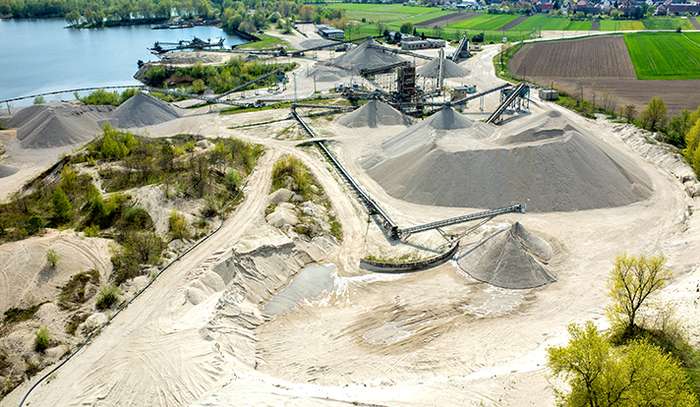Oil sands operations a major source of air pollution, according to study

A new study finds that oil sands operations, a major source of oil production in the last several years, emit very high levels of a critical class of air pollutants and pose risks to health and climate.
Working with scientists from Canada, a team of researchers in Yale's Department of Chemical & Environmental Engineering found that oil sands operations in Alberta, Canada are among North America's biggest producers of human-caused secondary organic aerosols (SOA). The results are published in the May 25 edition of the journal Nature.
"The magnitude of the SOA is significantly larger than the sum of other sources of air pollution in many other major urban areas," said Yale assistant professor Drew Gentner, a co-author of the study, noting that the levels of air pollution from oil sands operations are similar to what's found in densely populated cities such as Houston, Paris, or Los Angeles.
SOA is part of a category of air pollution known as PM 2.5—fine particles 2.5 microns in diameter or smaller, connected to millions of deaths each year. Unlike primary organic aerosols (such as car exhaust), which form during combustion, SOA is a collection of particles that form as a result of oxidation in the air. The significant role they play in air pollution has been known only in the past two decades.
The researchers noted that since the oil sands are in a sparsely populated region of northern Alberta, direct human health effects are less than what they would be in a metropolitan area. They could have a major impact on climate, however, say the scientists, since highly oxidized organic aerosols reflect incoming solar radiation.
Yale assistant professor Desiree Plata, another co-author, said the findings raise additional questions about oil sands operations.
"What other exposure routes exist during the processing steps, such as transfer to air, water waste, or solid residues?" Plata said. "And how does oil sands extraction compare to any other fossil technology?"
The study is a result of lab experiments, field observations from a study run by Environment Canada, and the creation of a simplified model to examine how SOA concentrations might change as they move downwind. Brian Drollette, a Yale Ph.D. student, also made key contributions to the study.
The researchers said a closer look is needed at the methods used to extract and refine oil sands, especially since they're less established than those of traditional gas and oil operations.
More information: John Liggio et al. Oil sands operations as a large source of secondary organic aerosols, Nature (2016). DOI: 10.1038/nature17646
Journal information: Nature
Provided by Yale University














